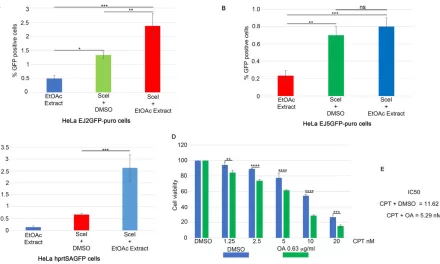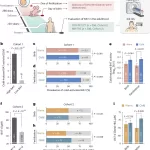In a significant move to combat Antimicrobial Resistance (AMR) and enhance disease surveillance, the Union Health Ministry has implemented multiple strategies, aligning national efforts with global initiatives. The National Action Plan on AMR, launched in 2017, reflects India’s commitment to addressing this critical public health challenge.
Combatting Antimicrobial Resistance
National Action Plan on AMR (NAP-AMR)
In 2017, the Ministry of Health & Family Welfare launched the National Action Plan on AMR, developed in alignment with the Global Action Plan on AMR. This plan, designed for a five-year duration, involves various stakeholder ministries and sets out a comprehensive framework to combat AMR.
Development of NAP-AMR 2.0
In 2022, national expert consultations were held to develop NAP-AMR 2.0. These consultations included representatives from the human health sector, research sector, professional associations, civil society organizations, environment, and animal husbandry sectors. Experts conducted SWOT analyses and proposed the structure and content for the new action plan. Recommendations were made for an AMR research policy and agenda, ensuring a robust framework for the future.
Initiatives and Awareness Programs
Key initiatives taken by the Union Health Ministry to combat AMR include:
- Establishing national surveillance networks, including laboratories across the country, to generate annual National AMR Surveillance reports and contribute to the Global AMR Surveillance System (GLASS).
- Developing and disseminating awareness materials on the judicious use of antimicrobials, hand hygiene, and infection prevention.
- Launching National Guidelines on Infection Prevention, translating them into training materials, and conducting trainer training across States and UTs.
- Initiating antimicrobial use surveillance at tertiary care hospitals to promote judicious use of antimicrobials.
Enhancing Disease Surveillance
Integrated Disease Surveillance Program (IDSP)
Implemented in all 36 States and UTs under the National Health Mission, the Integrated Disease Surveillance Program (IDSP) is responsible for the surveillance of over 33 epidemic-prone diseases. The surveillance system includes:
- Syndromic surveillance forms filled by Auxiliary Nurse Midwives (ANMs) at the sub-centre level.
- Presumptive forms filled by medical officers at health facilities.
- Laboratory-confirmed forms filled by laboratories based on standard case definitions.
Technological Advancements in Surveillance
To enhance disease surveillance, IDSP shifted from a paper-based, aggregate, weekly reporting system to a paperless, case-based, near real-time reporting system through the Integrated Health Information Platform (IHIP) in 2021. The IHIP integrates data from various registries, providing near real-time information for decision-makers to take appropriate public health actions. It includes geotagging of individual cases reported in outbreaks for visual geospatial analysis and heat mapping.
Media Scanning and Verification
IDSP also performs media scanning and verification of print and electronic media to strengthen event-based surveillance. Artificial Intelligence is used in media scanning to detect early warning signals and generate alerts for the timely management of potential outbreaks.
Collaborative Efforts
The National Centre for Disease Control (NCDC) has collaborated with various international organizations and countries to address AMR and enhance disease surveillance. This collaboration has strengthened state government medical college hospitals and laboratories for AMR surveillance and containment. NCDC conducts year-round training on AMR data management using offline software WHONET and specialized lab testing procedures. Additionally, healthcare workers receive training on infection prevention and control.
Conclusion
The Union Health Ministry’s proactive steps in combating antimicrobial resistance and enhancing disease surveillance showcase India’s commitment to improving public health infrastructure and preparedness. Through the National Action Plan on AMR, technological advancements in surveillance, and collaborative efforts, India is poised to tackle the growing threat of AMR and ensure robust disease surveillance across the nation.
ANNEXURE
- The India-US Centre for Disease (CDC) collaboration has focused on AMR surveillance activities, development of Standard operating procedures (SOPs) for AMR surveillance and data management, use of WHONET software, digital trainings using ECHO platform for standardization of bacteriology testing procedures across the network. CDC has also supported the ICMR-AIIMS project for HAI surveillance. Collaboration with United States Agency for International Development (USAID) is focused on strengthening AMR containment in 6 States.
- Under Indo-Netherlands collaboration, pilot project was conducted on integrated AMR surveillance with one health approach in Krishna district of Andhra Pradesh.
- UK’s Fleming Fund phase 1 grant for which WHO India was the implementing partner has supported National Training of trainers on IPC and strengthening 3 State AMR surveillance networks in the country and Point prevalence survey on antibiotic use in tertiary care hospitals.
- Under India-Denmark collaboration, India has recently developed plan of action plan for technical collaboration on AMR.
The Union Minister of State for Health and Family Welfare, Smt. Anupriya Singh Patel stated this in a written reply in the Rajya Sabha yesterday.












